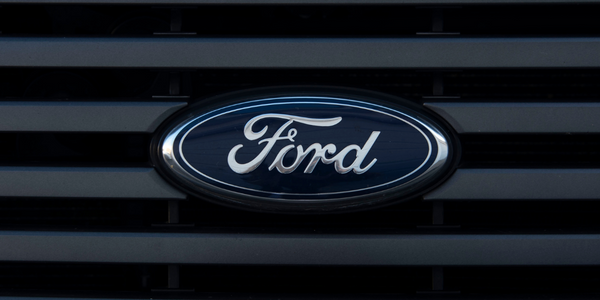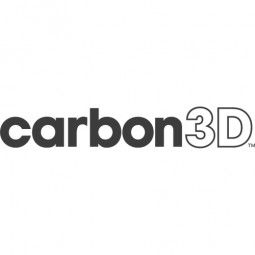
- Automotive
- Discrete Manufacturing
- Additive Manufacturing
To date, key challenges have stood in the way of 3D printing becoming a manufacturing tool for the automaker. The first issue is a fundamental one — conventional 3D printing technologies make parts layer-by-layer, slowly crafting one layer at a time, creating parts that aren’t nearly as robust as those stamped or injection molded. While the slow speed of this process is a major drawback, the bigger problem is that the parts produced are not isotropic and not durable enough to be used in production vehicles. In addition, most parts used in vehicles today must withstand temperature extremes from the hottest desert to the coldest Arctic environments and still maintain their integrity. With only a handful of stock materials available for 3D printers, meeting the automaker’s unique demands has not been possible.
Ford has already used the CLIP-based device to grow elastomer grommets for the Focus Electric and test them against those made by traditional 3D printing methods. The soft but sturdy grommets are designed to protect wiring on the inside of the door from being damaged when the door opens and closes. The Ford team used CLIP to produce the grommets in less than a third of the time and with material properties much closer to the final properties desired for the part. In a similar project, several alternative designs were evaluated for a damping bumper part on the Ford Transit Connect. The game-changing manufacturing time of the CLIP process allowed engineers to make design iterations much more quickly than with traditional methods.

Case Study missing?
Start adding your own!
Register with your work email and create a new case study profile for your business.
Related Case Studies.









